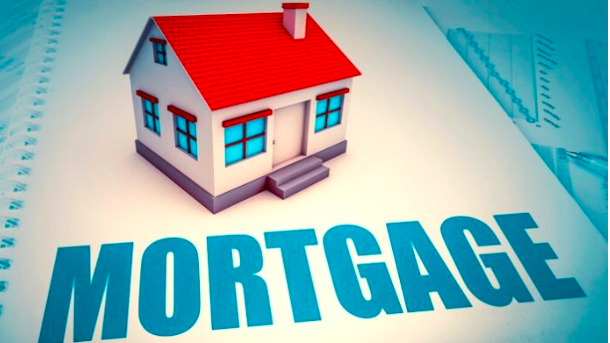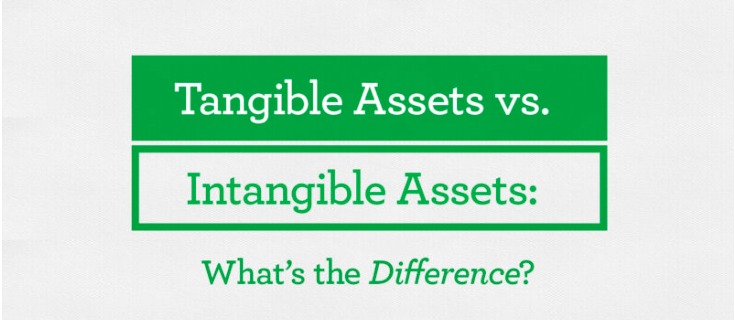
Understanding Mortgage Options: Which One is Right for You?
Buying a home is one of the most significant financial decisions you’ll ever make, and for most people, it involves taking out a mortgage. With so many mortgage options available, choosing the right one can feel overwhelming. But don’t worry—we’re here to break it down for you. In this article, we’ll explore the most common types of mortgages, their pros and cons, and how to determine which one is the best fit for your financial situation and goals.
What is a Mortgage?
A mortgage is a loan specifically designed to help you purchase real estate. The property itself serves as collateral, meaning the lender can take ownership if you fail to make payments. Mortgages typically have long repayment terms (15 to 30 years) and come with interest rates that can be fixed or adjustable.
Types of Mortgages
1. Fixed-Rate Mortgage
How It Works: The interest rate remains the same throughout the life of the loan, so your monthly payments stay consistent.
Pros:
Predictable payments make budgeting easier.
Ideal for long-term homeowners.
Cons:
Higher initial interest rates compared to adjustable-rate mortgages (ARMs).
Less flexibility if interest rates drop.
Best For: Buyers who plan to stay in their home for many years and prefer stability.
2. Adjustable-Rate Mortgage (ARM)
How It Works: The interest rate is fixed for an initial period (e.g., 5, 7, or 10 years) and then adjusts periodically based on market conditions.
Pros:
Lower initial interest rates compared to fixed-rate mortgages.
Potential savings if interest rates decrease.
Cons:
Payments can increase significantly after the initial fixed period.
Less predictability for long-term budgeting.
Best For: Buyers who plan to sell or refinance before the rate adjusts.
3. FHA Loans (Federal Housing Administration)
How It Works: Backed by the federal government, these loans are designed for low- to moderate-income buyers and require a lower down payment (as little as 3.5%).
Pros:
Lower down payment and credit score requirements.
Easier to qualify for than conventional loans.
Cons:
Requires mortgage insurance premiums (MIP), which increase costs.
Loan limits may restrict the price of the home you can buy.
Best For: First-time homebuyers or those with lower credit scores.
4. VA Loans (Veterans Affairs)
How It Works: Available to veterans, active-duty service members, and their families, VA loans offer competitive terms, including no down payment and no private mortgage insurance (PMI).
Pros:
No down payment required.
Lower interest rates and no PMI.
Cons:
Limited to eligible military personnel and their families.
May include a funding fee.
Best For: Veterans and military families looking for affordable financing.
5. Interest-Only Mortgages
How It Works: For a set period (e.g., 5-10 years), you only pay the interest on the loan. After that, you start paying both principal and interest.
Pros:
Lower initial payments.
Flexibility for buyers with fluctuating incomes.
Cons:
Payments increase significantly after the interest-only period.
You don’t build equity during the interest-only period.
Best For: Buyers with irregular income or those who expect higher earnings in the future.
6. Jumbo Loans
How It Works: These loans exceed the conforming loan limits set by the Federal Housing Finance Agency (FHFA) and are used to finance luxury homes.
Pros:
Allows you to buy high-value properties.
Competitive interest rates for qualified buyers.
Cons:
Requires excellent credit and a large down payment (often 20% or more).
Stricter eligibility requirements.
Best For: High-income buyers purchasing luxury homes.
How to Choose the Right Mortgage for You
Choosing the right mortgage depends on your financial situation, goals, and risk tolerance. Here are some key factors to consider:
Your Budget: How much can you afford for a down payment and monthly payments?
Credit Score: Higher scores qualify for better rates and terms.
Loan Term: Shorter terms (e.g., 15 years) mean higher payments but less interest over time.
Future Plans: How long do you plan to stay in the home?
Risk Tolerance: Are you comfortable with potential payment increases (e.g., with an ARM)?
Tips for Getting the Best Mortgage Deal
Shop Around: Compare offers from multiple lenders to find the best rates and terms.
Improve Your Credit Score: Pay down debt and correct errors on your credit report.
Save for a Down Payment: A larger down payment can lower your interest rate and monthly payments.
Get Pre-Approved: This shows sellers you’re a serious buyer and helps you understand your budget.
Conclusion
Understanding your mortgage options is the first step toward making an informed decision about one of the biggest investments of your life. Whether you’re a first-time homebuyer, a veteran, or looking to purchase a luxury property, there’s a mortgage option tailored to your needs. Take the time to evaluate your financial situation, explore your options, and consult with a trusted mortgage advisor to find the best fit for you.
Ready to take the next step? Contact a lender today and start your journey toward homeownership!

 February 15, 2025
February 15, 2025



